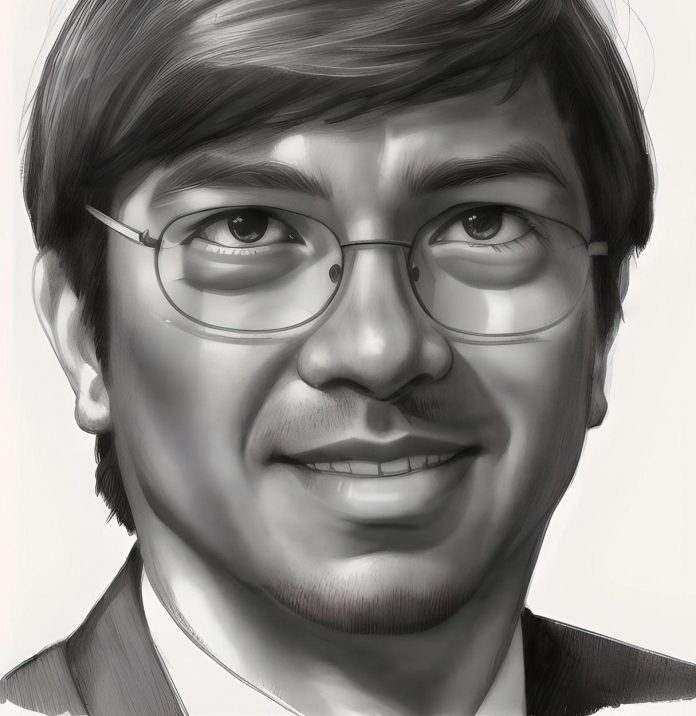Guest contributor
James Shwe
Myanmar’s ongoing revolution against military rule is a multifaceted struggle that defies simple narratives. As the country grapples with its future, we must engage with and commit to understanding the situation with nuance and clarity. This is not a story of black and white but one of complex shades of gray.
The military’s fading narratives
Myanmar’s military justified its rule for decades with national unity and stability claims. However, these arguments have worn thin as its divisive tactics and economic mismanagement have become increasingly apparent. The results of military rule—a stagnant economy, environmental degradation, and a tarnished international reputation—speaks for itself.
Far from being a unifying force, the military actively stoked ethnic and religious tensions to justify its iron-fisted rule. The consequences of this mismanagement are evident: a struggling economy, ecological disasters, and a population forced to seek menial work abroad.
Evolving propaganda and desperate tactics
As the military regime in Naypyidaw faces unprecedented challenges, its propaganda machine has shifted into overdrive. It has concocted fresh conspiracy theories to explain its failures, claiming that the West is deliberately destabilizing Myanmar to counter China’s influence.
They even allege that the U.S. pays the opposition National Unity Government (NUG) $200 million USD annually – a baseless claim that ignores the reality of limited Western support, mainly in the form of diplomatic pressure and targeted sanctions with a bit of humanitarian assistance.
A recent addition to the regime’s propaganda arsenal suggests that the U.S. and other Western nations will not further assist the resistance movement. The narrative claims that their primary objective of countering China’s influence through unrest has already been achieved. This narrative attempts to sow doubt and discourage the resistance by implying that international support will wane.
These transparent ploys appear to be falling flat. Myanmar’s people have grown savvier to the military’s manipulations, and the regime’s credibility continues to crumble in the face of its brutality and incompetence.
Challenges and progress of the revolution
While the resistance has made significant strides, it faces genuine challenges:
Unity in diversity: The opposition encompasses various ethnic groups and political factions, presenting challenges in coordination and consensus-building.
Emerging leadership: The NUG and other resistance organizations are working to establish a cohesive leadership structure, though this process takes time.
Grassroots governance: Resistance forces have begun establishing local administrations in areas under their control, representing necessary steps towards alternative governance.
A more nuanced reality
The truth lies between the regime’s propaganda and overly pessimistic assessments of the revolution, especially by military-leaning analysts:
- The resistance is more organized than the military claims but still works to overcome historical divisions.
- Leadership is emerging and strengthening, though it continues to evolve.
- Local governance initiatives show promise despite facing implementation challenges.
The path forward
Myanmar’s revolution is a work in progress. It faces natural obstacles but shows remarkable resilience and innovation. The people’s determination to forge a democratic future remains strong despite the military’s attempts to sow discord and discouragement.
However, achieving this requires overcoming a significant challenge – insufficient cohesion within Myanmar’s democratic movement. Multiple groups, including Ethnic Resistance Organizations (EROs), the National Unity Consultative Council (NUCC), and the Committee Representing Pyidaungsu Hluttaw (CRPH), must unite and appoint the NUG as the central coordinating body for international affairs to gain formal recognition and meaningful support from foreign governments.
Unity is crucial for securing global recognition of Myanmar’s NUG. Foreign governments, including the U.S., will hesitate to offer formal support without a united front. The diverse ethnic and political groups fighting for Myanmar’s future must demonstrate their ability to collaborate effectively, addressing fears of fragmentation that might follow the military’s downfall.
Unity is also the best defense against unwelcome foreign interference.
As the struggle continues, the international community must understand the complexities while supporting Myanmar’s aspirations for genuine democracy, reconciliation, and inclusive governance. The revolution may be imperfect, but it represents the best hope for Myanmar’s future – a future that lies not with the generals but with its diverse and resilient people.
James Shwe is a Myanmar democracy activist in the U.S. and is a member of the advocacy groups Free Myanmar and the Los Angeles Myanmar Movement. He has been trying to organize and motivate the Myanmar diaspora to advocate for democracy in Myanmar.
DVB publishes a diversity of opinions that does not reflect DVB editorial policy. We’d like to hear what you think about this or any of our stories: [email protected]



